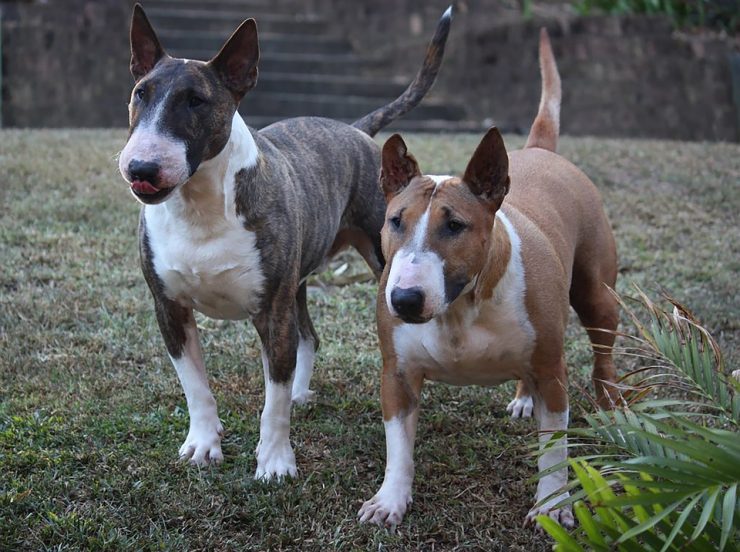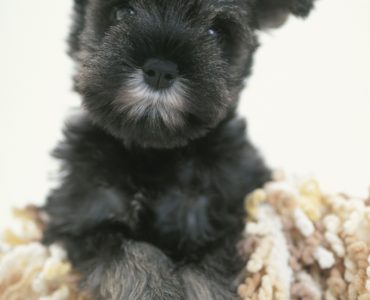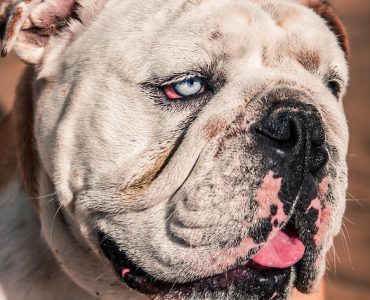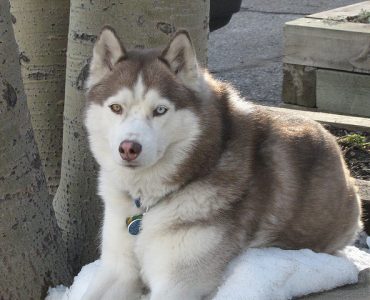The Bull Terrier dog originated in the 19th century. It was developed by cross breeding of the Bulldog, Old English Terrier and Spanish Pointer. Its purpose was to create a dog that, like the Bulldog, could be used to attack bulls for sport but would be more agile than the Bulldog. Unfortunately this breed did not prove very successful in the fighting arena and over time, began to become popular as domestic pets.
Physical characteristics
The Bull Terrier is sturdy and muscular but well proportioned over all. Its overriding characteristic is its head which is almost completely flat at the top and then slopes down towards the nose without stopping. From the front the head may appear egg shaped. Eyes are very small and close set and oval or almond in shape. The body is muscular and full and the tail is carried straight out behind the body. The Bull Terrier has a short, close cut coat and can be found in a number of different colours. These are black, white, red, fawn, brindle and also tricolour.
Temperament
Despite its fierce appearance, which may act as a deterrent, these dogs are no longer bred as guard dogs. The breed that we see today is much gentler than that originally bred as a bullfighter. They are still bold and intelligent and active. They are also fun loving and playful. They become very attached to human owners and, with firm training and management can become an excellent family pet. They will integrate well into an active family where they can receive the exercise and company they need but they do not thrive in situations where they are required to spend long periods of time alone.
They have a high threshold for pain, which makes them especially good with children, and will often be found joining in with family rough and tumble. Females especially can become extremely protective of children in their human family. If they do not receive firm handling and plenty of exercise, they can display less desirable behaviours such as jealousy, wilfulness and over-protection. They may also show aggressive tendencies towards other dogs especially the males of the breed. They are typically more difficult to train than other breeds but, with patience, can become both obedient and polite.
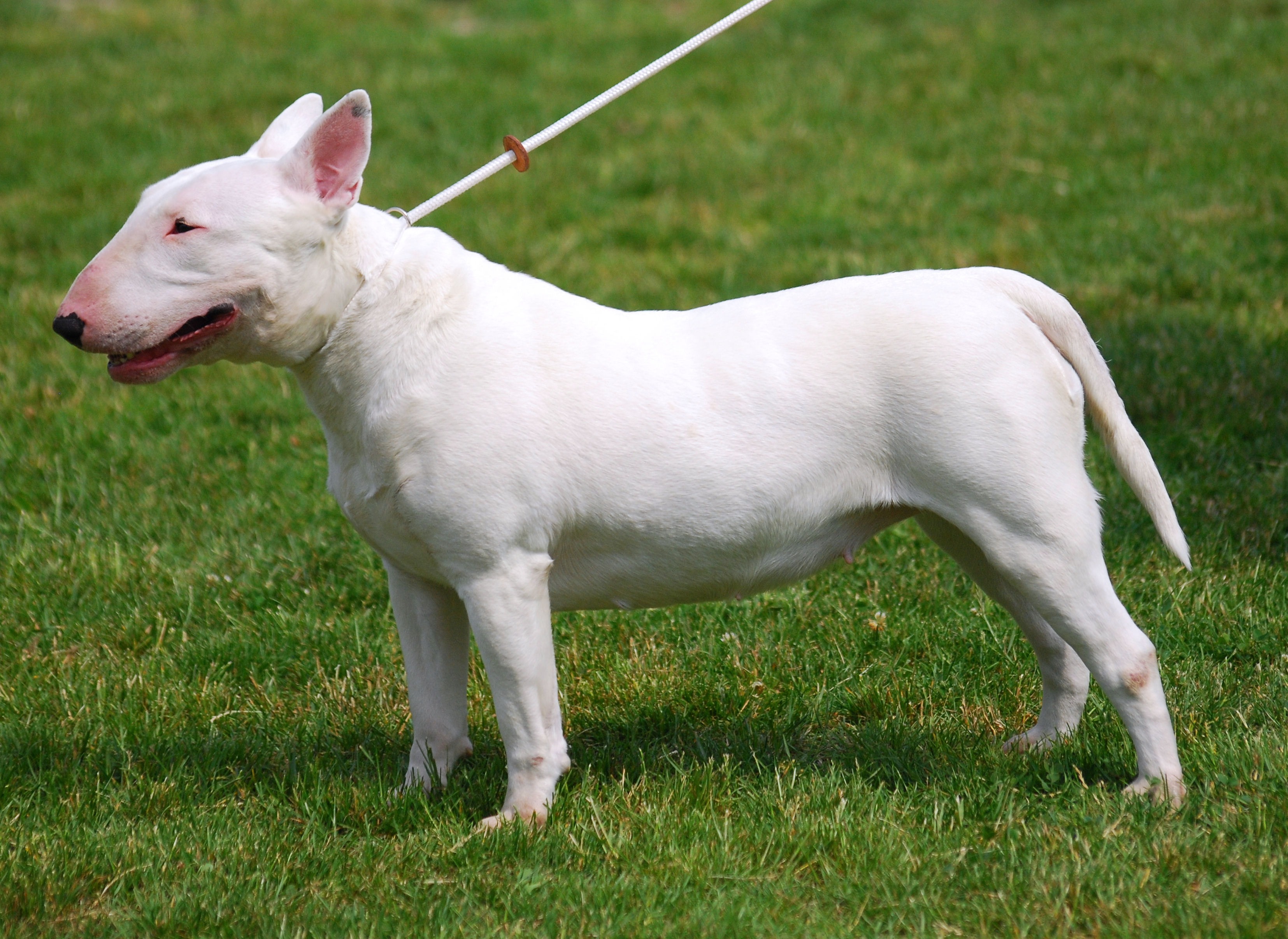
Summary
The Bull Terrier is a healthy breed on the whole. Their average life expectancy is a little lower than some dogs of this size and type but is still somewhere between 10 and 12 years. Like all breeds of dog, there are a number of health issues to which they are more prone. They are susceptible to a zinc deficiency and this can be fatal. They may also exhibit obsessive-compulsive behaviours such as excessive tail chasing. Some are prone to dislocated kneecaps and some are born deaf.
A number of Bull Terriers are born with excessive testosterone, which can make them more aggressive and territorial. Neutering usually helps remedy this however. They also can be more sensitive to fleas and other parasites than many other breeds of dog.


